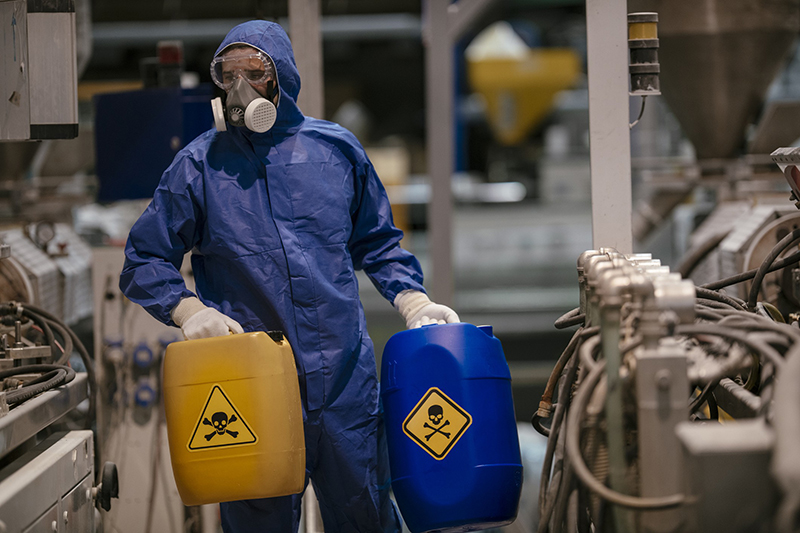29-Sep-2024

Safe handling measures for thiourea
1.Storage measures: thiourea should be stored in a dry, ventilated and cool place, avoiding direct sunlight and high temperature. In storage and transportation, it is necessary to strictly abide by the regulations of dangerous goods to prevent contact with air, water, acid, oxidants and other substances.
2.Measures: When using thiourea, you must wear protective glasses, gloves, protective clothing and other personal protective equipment. Sufficient training and practical operation should be carried out before use to understand the properties and safe operation procedures of thiourea. At the same time, the use of thiourea should be controlled to avoid generating a large amount of waste.
3.Waste disposal: The used thiourea should be classified and stored, and appropriate methods should be taken for disposal. In practice, Barros can choose professional hazardous chemicals disposal technical services to reduce hazardous waste and carry out environmentally friendly treatment to reduce the impact on the environment and human body in the treatment process.
4.Precautionary measures: Do not eat, drink, or smoke while using this product. Release-free into the environment. Wear protective gloves/clothing/goggles/masks.
5.Incident Response: In case of skin (or hair) contact: Immediately remove/remove all soiled clothing. Wash your skin with water/shower. If inhaled: Move the victim to fresh air and rest in a breathing position.
To effectively manage the risks associated with thiourea use, it is necessary to:
1. Risk identification: identify potential risk points during the use of thiourea.
2. Risk assessment: Assess the possible risk level during the use of thiourea.
3. Risk control: Formulate specific risk control measures, including engineering control and personal protection measures.
4. Emergency response: Establish an emergency response process in case of thiourea leakage or other emergencies.
Regulatory compliance ensures that thiourea is used in accordance with local laws and regulations, including but not limited to:
•Chemical Safety Management Regulations: Ensure that the storage, use and disposal of thiourea comply with national and local safety management regulations.
•Environmental Protection Law: Ensure that the use of thiourea does not cause pollution to the environment.
•Occupational health and safety regulations: Ensure that thiourea use in the workplace meets occupational health and safety standards.
In summary, the risks in the use of thiourea can be effectively managed and reduced by comprehensively assessing the physical and chemical properties, health hazards, and environmental impacts, and taking corresponding safety protection measures. In addition, the working environment needs to be monitored regularly to ensure that the workplace meets occupational health and safety standards.
--END--

Sinhon Chemical focuses on high-quality thiourea production and manufacturing, 20,000 tons per year. We are also engaged in supply chain business, providing comprehensive solutions from products to users.
Excellent service, reliable quality, delivering more value.
Contact us to start our journey of cooperation.
Email: [email protected]